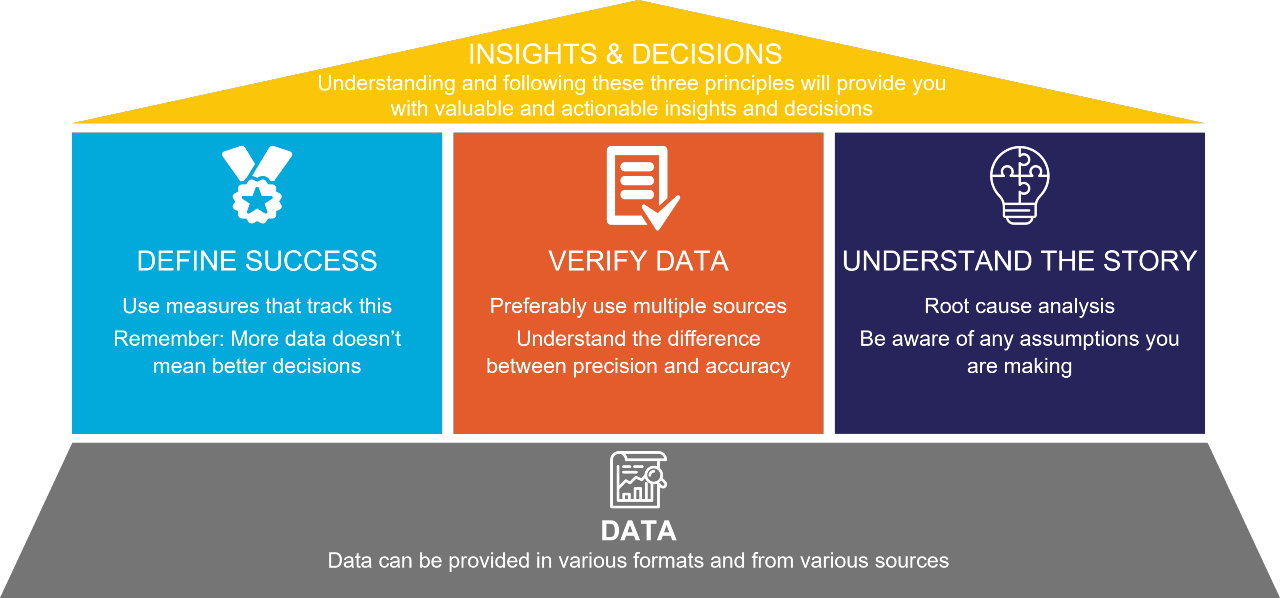Public sector projects continue to evolve in their complexity. The public sector must deliver more value, for less money, faster, in trackable, measurable ways. The COVID-19 pandemic diluted the focus on value for money because there was a need to “get things done” - vaccinations, treating the infected, support for employment and businesses. Today, a renewed drive to tighten public sector expenditure reinforces the requirement for improved, cost-effective delivery.
One approach to this is a more integrated one, taken by the UK government in the Integrated Review of Security, Defence, Development and Foreign Policy. This approach saves resources through more substantial alignment between different arms of government, but also economies of scale, quicker learning, joint development, and other cost-effective practices.
The focus on “evidence-based” policy in decisions and measuring outcomes may return, but with greater impact than before. In many cases, existing benchmarks and results were not measured precisely, or at all. This risk of poor measurement increases when there are long lead times between resource input and results.
A recent report, Challenges in using data across Government, identified that “despite years of effort and many well-documented failures, government has lacked clear and sustained strategic leadership on data. This has led to departments under-prioritising their own efforts to manage and improve data.”
The team at MI-GSO | PCUBED (M|P) has been working to better understand the relationship between (better) data and (better) decision making. An 8-step approach is proposed, with steps 1 to 4 of our Data to Decisions requirements, identified below.
1. Defining success clearly, at different stages of a project, programme, and client journey. The success criteria, timing, and desired outcomes of projects should be defined at every stage of the project, not just at project close.
2. Ensuring that this definition of success is shared by all the main stakeholders, with a strong focus on communication at all stages of the success definition process.
3. Identifying what data is needed to measure success and what sources the data is available from using the work on success definition in step 1 as clear guidance.
4. Obtaining and verifying the data at all stages of the project and ensuring that it is all processed to identify progress and potential problems.
But it’s not just data! Government reviews of major projects and programmes show that a major cause of problems is weakness in information management. According to this review (p5-6), “HM Treasury and Cabinet Office must set out what they are doing to make sure that information on the progress of major projects is transparent and reported to Parliament in a timelier manner, particularly for those projects that are nationally important”. In the review, a case study of Crossrail is cited (p12), in which “people at the working level understood the lack of progress with systems integration, but this information did not get passed upwards in the organisation”. These weaknesses must be addressed.
At M|P, our own research shows that many problems in managing projects, programmes, and change are caused by not addressing the need for comprehensive, valid, and ethical information management, in the fullest sense. The larger the project, programme or change management initiative, the broader, deeper, and more demanding the information management requirements. Additionally, strong information governance is essential so that all project stakeholders know their responsibilities for data and information, and those of other stakeholders. Our research shows that sometimes there may be a culture of misinformation. The information needed for big decisions is not really understood, and even when it is, information may not be used or taken seriously.
Managers should foster an open and honest environment to tell it like it is, and create a good balance between intelligence and action, i.e. from Data to Decision, as highlighted in From data to decisions: Building blocks for population health intelligence systems - Public health matters (blog.gov.uk). Using a quote from Charles Kettering, the famous American inventor, engineer, and businessman: “Action without intelligence is a form of insanity, but intelligence without action is the greatest form of stupidity in the world”.
Translating data and intelligence into action requires following steps 5 to 8 of our Data and Decisions requirements below.
5. Using the best business intelligence tools to translate, visualise, mine, and interpret data to gain valuable insights into what is and is not working and why. These insights can support reporting and decision-making.
6. Applying these insights to create and embed new ways of working throughout the entire project lifecycle to measure success and identify what improvements can be made. making provision for increased diversity in teams and in ways of thinking, to ensure maximum creativity and challenge to conventional approaches.
7. Building learning from the above into creating a stronger insight capability (people, process, technology etc.) to support future projects and programmes, using change management disciplines to ensure organisational sponsorship, readiness, and willingness to deploy the capability and create the governance requirements for ethical and valid delivery.
8. Planning to incorporate innovation by establishing the framework and cultural mindset required to adapt rapidly to constant changes and to take ideas and data and turn them into value-adding projects.
The link between data and decision can be summarised in the image below. The analysis shows the route from analysing data, drawing meaningful insights to enabling effective decision-making depends on incorporating the 8 steps.
